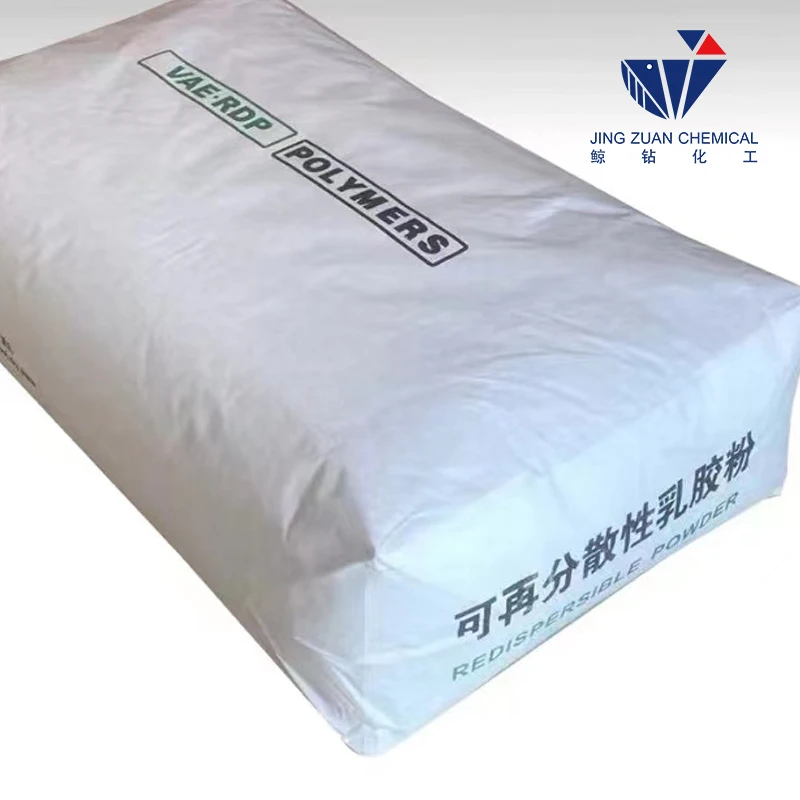
Nov . 14, 2024 03:40 Back to list
hpmc stands for
Understanding HPMC A Comprehensive Overview
HPMC, which stands for Hydroxypropyl Methylcellulose, is a cellulose-derived polymer that has gained significant traction across various industries due to its unique properties and versatile applications. This synthetic compound is a modified form of cellulose, a primary component of plant cell walls, and it is prized for its ability to improve the texture, stability, and appearance of various products.
Structure and Properties of HPMC
HPMC is characterized by its hydrophilic nature, which allows it to dissolve in water and form a gel-like substance. This property makes it an excellent thickening agent. The chemical structure of HPMC includes hydroxypropyl and methyl groups that are etherified to cellulose, resulting in a compound that exhibits both hydrophobic and hydrophilic characteristics. As a result, HPMC can help control viscosity, enhance film-forming capabilities, and even modify the release rates of active ingredients in formulations.
Applications of HPMC
1. Pharmaceuticals In the pharmaceutical industry, HPMC is widely used as an excipient in drug formulations. It serves as a binder in tablets, helping to hold the ingredients together while ensuring proper disintegration and dissolution. It is also utilized in controlled-release formulations, allowing for sustained release of active compounds over an extended period.
2. Food Industry HPMC is employed in the food sector as a thickener, stabilizer, and emulsifier. It improves the texture and consistency of various food products, such as sauces, dressings, and baked goods. Additionally, HPMC can be found in gluten-free products, where it aids in moisture retention and gives a desirable mouthfeel.
3. Cosmetics and Personal Care In the cosmetics industry, HPMC is valued for its ability to enhance the texture and stability of creams, lotions, and gels. Its film-forming properties help create a smooth application experience, and it is often used in products designed for sensitive skin due to its gentle nature.
hpmc stands for

4. Construction and Building Materials HPMC is frequently added to cement and plaster mixtures, where it improves workability and adhesion. It helps in preventing segregation and enhances the water retention properties, thereby allowing for better curing of the material.
5. Industrial Applications Beyond its role in consumer products, HPMC finds utility in various industrial processes. It serves as a binder in paper products and is used in coatings, where it provides a glossy finish and enhances water resistance.
Advantages of HPMC
The use of HPMC offers several advantages
- Versatile HPMC can be used in numerous applications across different sectors, making it a highly versatile ingredient. - Non-toxic and Safe As a cellulose ether, HPMC is generally recognized as safe (GRAS) by regulatory agencies, making it suitable for food and pharmaceutical applications. - Customizable Properties By altering the degree of substitution of hydroxypropyl and methyl groups, manufacturers can tailor HPMC to meet specific viscosity and solubility requirements for various applications.
Conclusion
HPMC stands out as a vital compound that bridges various industries, from pharmaceuticals to consumer goods. Its unique properties and multifunctional capabilities make it an indispensable ingredient in countless products that people use daily. As research advances and new applications are explored, HPMC is likely to play an even more significant role in innovation and development across a range of sectors. Understanding HPMC not only highlights its importance but also invites further exploration into how such a simple compound can have a profound impact on our lives.
-
Versatile Hpmc Uses in Different Industries
NewsJun.19,2025
-
Redispersible Powder's Role in Enhancing Durability of Construction Products
NewsJun.19,2025
-
Hydroxyethyl Cellulose Applications Driving Green Industrial Processes
NewsJun.19,2025
-
Exploring Different Redispersible Polymer Powder
NewsJun.19,2025
-
Choosing the Right Mortar Bonding Agent
NewsJun.19,2025
-
Applications and Significance of China Hpmc in Modern Industries
NewsJun.19,2025







